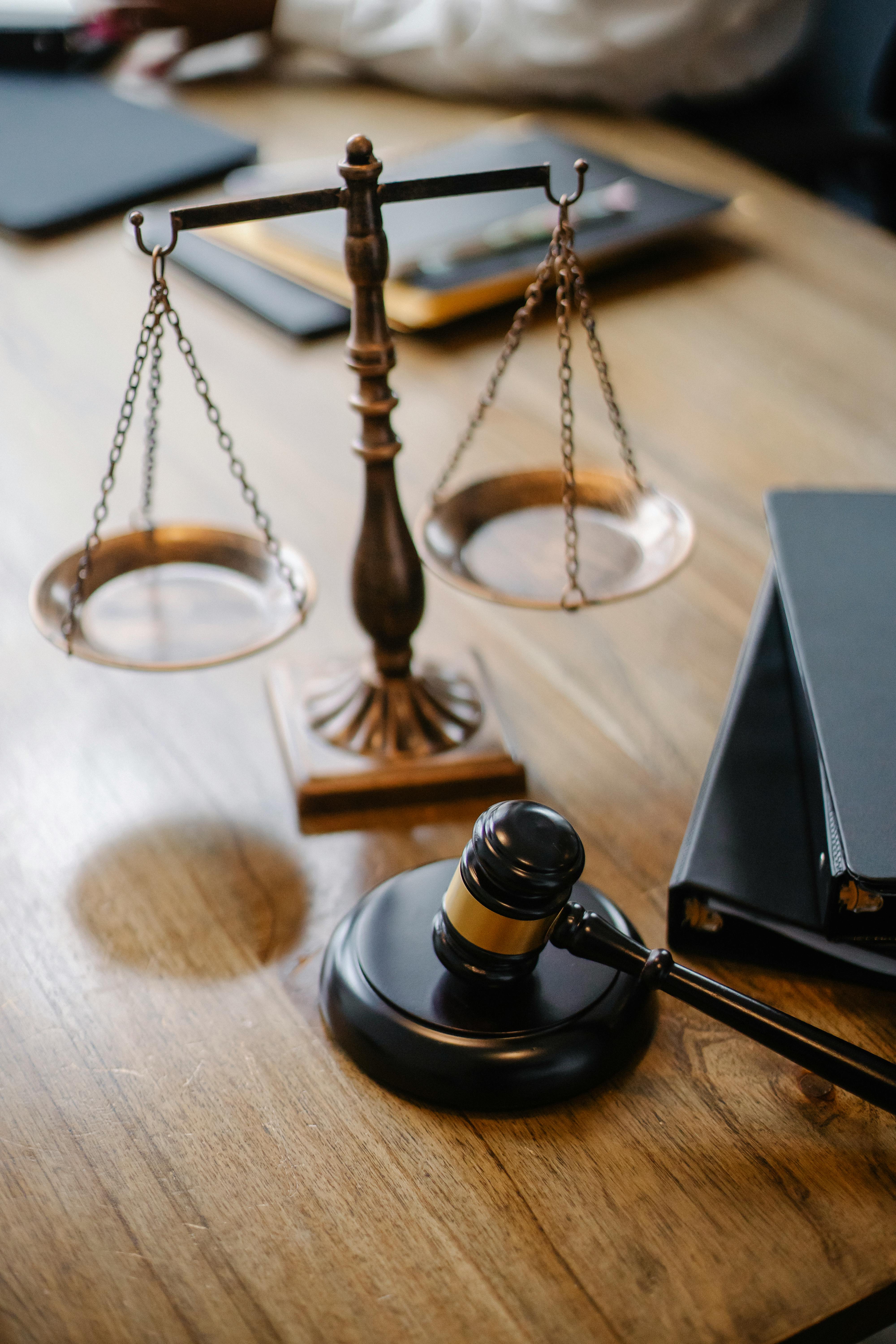The Intersection of Intellectual Property Law and Artificial Intelligence: A Legal Analysis
The advent of artificial intelligence (AI) has revolutionized various sectors, including law. One area where AI has created a significant impact is intellectual property (IP) law. This article seeks to explore the intersection of AI and IP law, diving into the historical background, legal developments, and the societal implications of this intriguing connection.

The Historical Intersection of AI and IP Law
The association between AI and IP law can be traced back to the late 20th century when AI was initially conceptualized. The foundational principle of AI - the creation of machines capable of intelligent behavior - was seen as a potential disruptor of traditional legal frameworks, including IP law.
IP law has always been concerned with protecting the rights of creators and inventors. Historically, this meant human inventors. However, with the advent of AI, machines began producing creative works and inventions, raising questions about the applicability of IP law.
Recent Legal Developments
In recent years, several legal developments have sought to address the intersection of AI and IP law. For instance, in 2019, the U.S. Patent and Trademark Office (USPTO) issued a call for comments on patenting AI inventions. The USPTO posed questions about whether current IP laws adequately cater to AI technology.
In 2020, the European Patent Office (EPO) rejected two patent applications naming an AI system as the inventor. The EPO concluded that, under the European Patent Convention, an inventor can only be a human being.
Implications of AI in IP Law
The intersection of AI and IP law has profound implications for society. For one, as AI systems become more advanced, there’s a potential for a significant shift in the economic landscape. If AI systems are recognized as inventors or creators, it might lead to a redistribution of IP rights, affecting individual inventors, corporations, and the economy at large.
Moreover, it raises complex ethical and legal questions. Should a machine be granted the same rights as a human? If an AI system creates a work of art or an invention, who owns the rights? These are questions that legal scholars, policymakers, and society at large are grappling with.
Conclusion
The intersection of AI and IP law is a complex and evolving legal landscape. As AI systems continue to develop and produce creative works and inventions, the legal sector must adapt to ensure that IP laws remain relevant and effective. This involves not only understanding the technical aspects of AI but also addressing the ethical, societal, and economic implications of this technology.
In the future, it’s plausible that we’ll see more legal developments aimed at addressing the unique challenges posed by AI in IP law. As such, it’s crucial for legal scholars, practitioners, and policymakers to stay informed about these developments and engage in dialogues to shape the future of AI and IP law.




